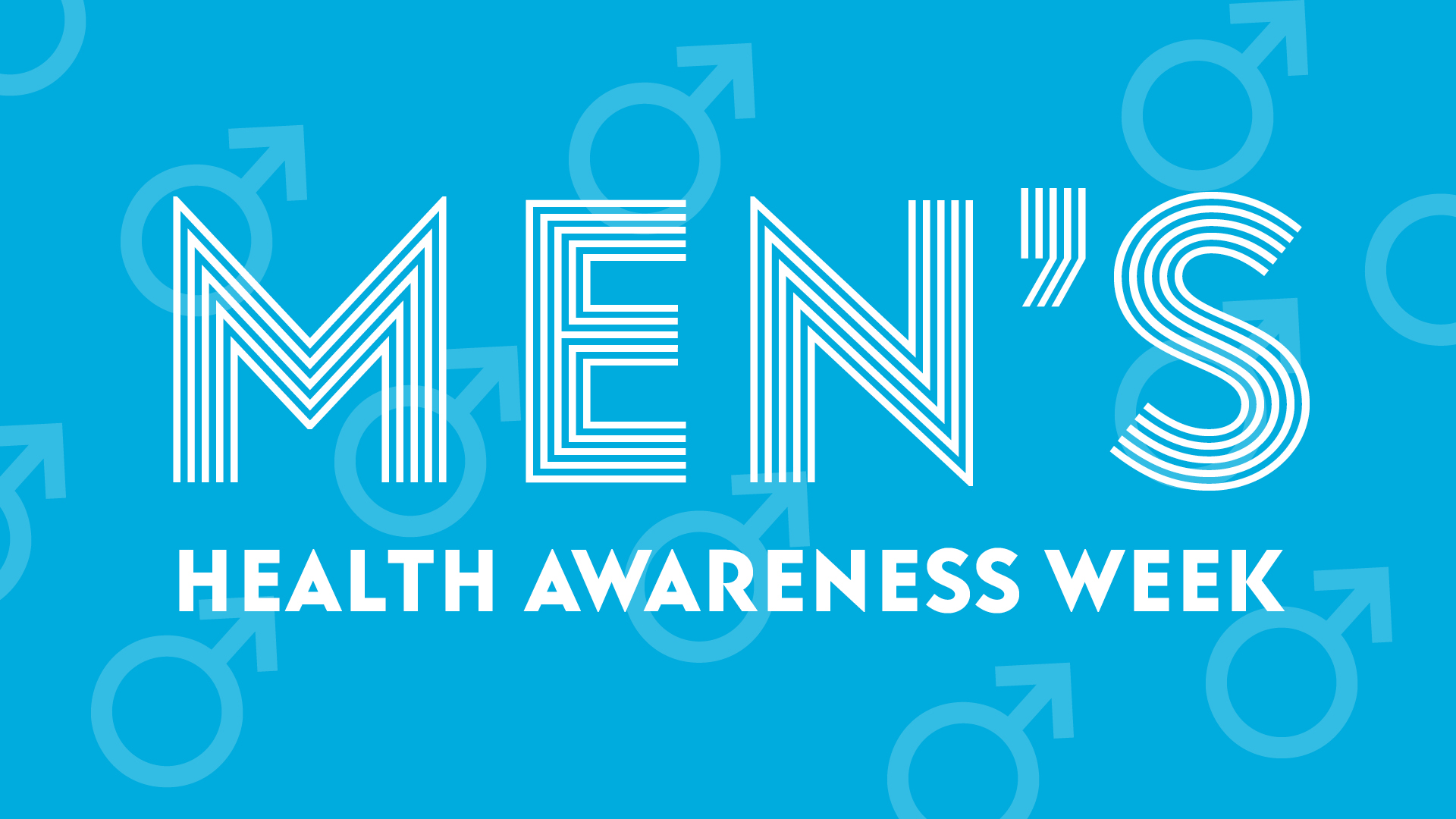Men’s Health Month began in June 1992.
Men’s Health Month’s official website states that on average, men die five years earlier than women and 92% of all workplace deaths are men. There are various reasons for this as detailed below, but it is in part due to men’s reluctance to go to the doctor. Women are twice as likely to go to the doctor as men are. The month of June is designed to raise awareness for men’s health and the need to get regular checkups. ‘Wear Blue’ days are also used to raise awareness for Men’s Health Month.
Historically men have been perceived as the physically stronger gender because they are bigger and more muscular than women. However, when it comes to health men are more likely to experience chronic health conditions earlier than women because of different lifestyle, biological and social factors. These include smoking, alcohol and substance abuse, stress, hormones, metabolism, genes, exercise, diet and lack of regular checkups.
The Men’s Health Network (MHN) reports that men die at higher rates than women from the top 10 causes of death;
- Heart Disease – Risk of heart disease depends on cholesterol levels, diet, physical activity and smoking habits. 51.2% of males aged 20 and above have some form of cardiovascular disease. Routine checkups help prevent heart disease, as well as eating healthy, exercising and avoiding stress.
- Diabetes – Men are twice as likely to die from diabetes than women. Left untreated, Diabetes can cause vision problems, kidney damage, nerve damage, stroke and heart disease. Symptoms include blurry vision, frequent urination, feeling thirsty, feeling hungry, tired and cuts or sores that don’t heal properly. If you experience such symptoms, contact your doctor to get your blood sugar tested.
- Stroke – Factors that can lead to stroke include high blood pressure, diabetes, obesity, smoking and alcohol abuse, illegal drugs and physical inactivity. A stroke is caused by a clot that blocks the oxygen and nutrients to the brain which may also lead to limited physical movements, loss of memory and speech.
- Liver Disease – If you have a liver condition, your body will struggle to digest food, absorb nutrients and remove toxins. Reducing alcohol consumption and giving up smoking lowers your risk of developing a liver condition.
- Respiratory Diseases – Chronic obstructive pulmonary disease (COPD) includes chronic bronchitis and emphysema. The symptoms of chronic bronchitis include shortness of breath, cough, increased mucus and frequent clearing of the throat. The symptoms of emphysema include shortness of breath and chronic reduction of one’s capacity for physical activity. Cases of lung cancer increase every year. The number one cause of lung cancer is smoking. Men who smoke also lose on average twelve teeth by the time they’re in the 70’s.
- Cancer – Each year, almost a quarter-million men are diagnosed with prostate cancer. 30,000 men will die from prostate cancer every year. For men between the ages of 15 and 34, testicular cancer is the most common type of cancer.
- Influenza and Pneumonia – Men are 20% more likely to experience severe symptoms and complications from influenza and pneumococcal infection than women. Those who have compromised immune system due to a pre-existing condition like diabetes and heart disease are also more prone to these illnesses. The American Lung Association recommends vaccination to stay safe from influenza and pneumonia.
- HIV and AIDS – The number of sexually transmitted diseases is higher among men than women. According to the Centers for Disease Control and Prevention, 1/7 men with HIV do not know they have it. Taking medicine, avoiding multiple sexual partners and practicing safe sex by using condoms can help prevent the risk of being infected.
- Injuries – Accidental injuries, such as traumatic brain injuries are the third leading cause of death in Men. These are caused by car crashes, sporting injuries, falling and other accidents. Do not hesitate to go to A&E during an emergency.
- Depression – Reports show that men are less likely to talk about their mental health. Suicide is the 10th leading cause of death in men. Speaking to friends and family, getting professional help, regular exercise and journaling are proven to help manage depression and anxiety. Inactive men are 60% more likely to suffer from depression, so exercise can also help!

Some simple actions to take:
Seek medical help – According to the Health in Aging Foundation, 40% of men said that when sick, they delay seeking medical care for a few days; and 17% percent said they would wait “at least a week.” Don’t wait. Prompt medical care can be the difference between life and death.
Take your medication – It’s important to take medications as directed and keep a list of medications and dosages handy. Inform your doctor about your medications each visit, with increased medications you run a greater risk of side effects and adverse interactions.
Get your vaccines – Keep up with recommended vaccinations, including for flu, shingles, pneumonia and diphtheria/tetanus.
Eat healthily and exercise – Men need more calcium, vitamin D, fibre and potassium. Experts recommend limiting fat calories to 20 to 35 percent of your diet and suggest the following guidelines for daily calorie needs for men 50 and over: Not active: 2,000, moderately active: 2,200 to 2,400, active: 2,400 to 2,800. It is recommended that senior men incorporate 30 minutes of physical activity, 5x a week into their daily schedule.
References
menshealthforum.org.uk
healthinaging.org
minorityhealth.hhs.gov.
cdc.gov
athenahealthcare.com
tenethealth.com
webmd.com


